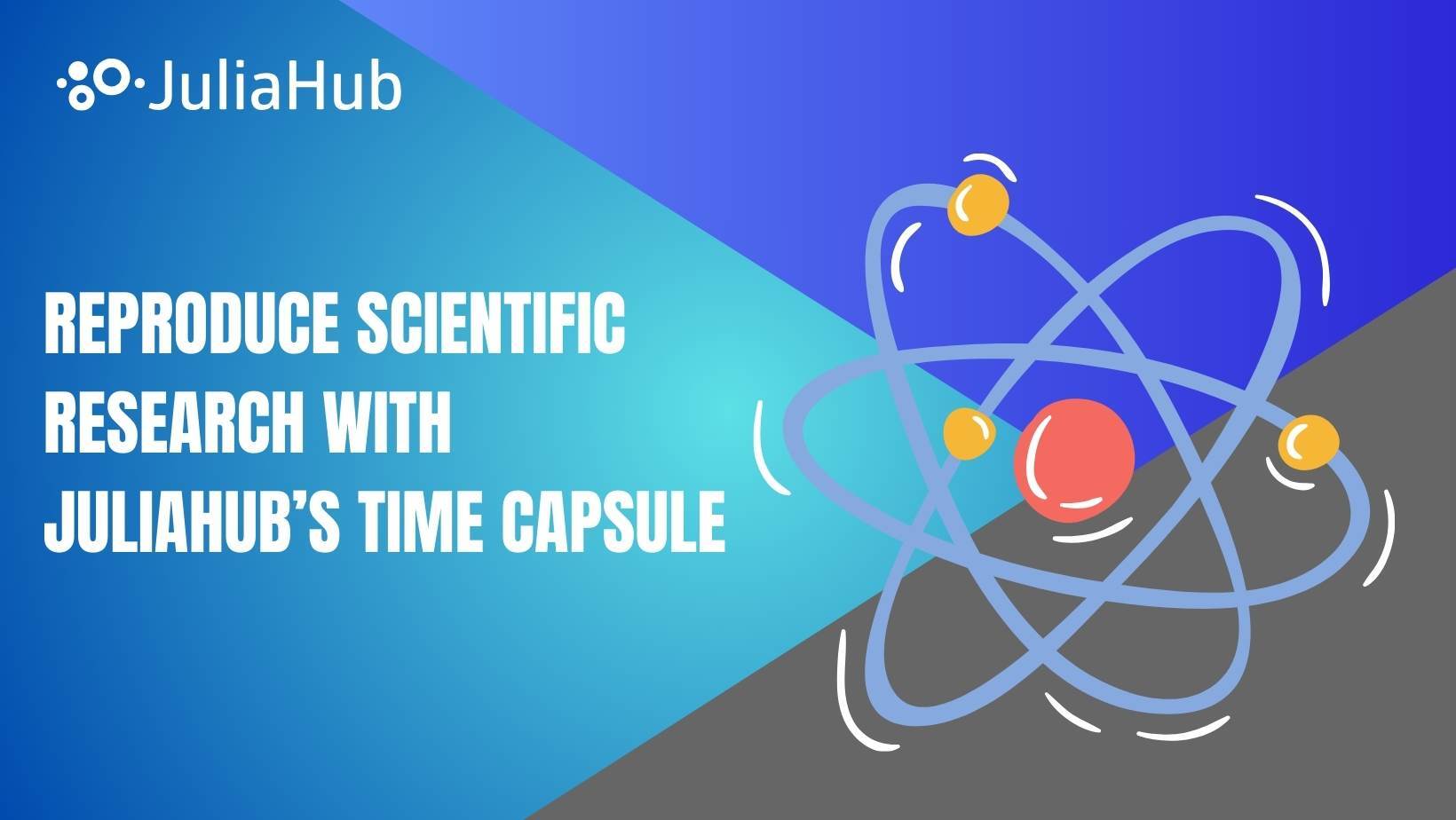Software-Defined Machines: Rethinking Engineering for an AI-Native Future
.jpg?width=1640&height=924&name=WP%20blogpost%20(1).jpg)
We’re at a crucial moment in engineering, one where the boundaries between hardware and software are blurring fast. Products today are no longer designed once and deployed forever. They're continuously updated, recalibrated, and optimized in the field, not just in the lab. This shift is giving rise to a new class of systems: Software-Defined Machines.
What does that mean?
It means physical systems like cars, turbines, robots, or satellites are increasingly being built around digital twins. These twins aren’t just simulations. They’re dynamic, real-time representations of the physical world that learn from data, evolve over time, and adapt to their environments. AI plays a central role here not by replacing engineers, but by amplifying their ability to model, simulate, and refine.
But there’s a catch: the current generation of engineering tools wasn’t built for this world.
Legacy modeling platforms often rely on rigid workflows, outdated compiler technologies, and disconnected GUIs. They struggle with modern software practices like CI/CD, version control, scalable solvers, or seamless integration with AI and machine learning. And while Scientific Machine Learning (SciML) offers a promising path forward combining physical laws with data-driven learning — it hasn’t been easily accessible to industry. Until now.
The white paper, “Software-Defined Machines,” lays out:
- Why today’s tools fall short for modern, AI-native engineering
- The limitations of general-purpose AI for safety-critical systems
- How SciML can enable adaptive, learnable, and trustworthy digital twins
- And how Dyad, a next-generation system modeling tool, is designed for this shift
Dyad combines symbolic modeling, automatic differentiation, versioned model development, scalable solvers, and AI-assisted model refinement, all in a collaborative, cloud-native environment. It’s designed to help engineering teams move faster, deploy smarter, and continuously improve real-world systems with confidence.
With Dyad, engineering teams can build, validate, and continuously improve models, all while maintaining safety and rigor.
If you’re working at the intersection of engineering, AI, and model-based design, this paper is a roadmap for what's next. Whether you're building digital twins, working in aerospace, automotive, robotics, or industrial systems, the principles and platform described here are likely to reshape how you work.
Download the white paper
Explore More with Dyad
Dyad: A New Language to Make Hardware Engineering as Fast as Software
Get Dyad Studio – Download and install the IDE to start building hardware like software.
Read the Dyad Documentation – Dive into the language, tools, and workflow.
Join the Dyad Community – Connect with fellow engineers, ask questions, and share ideas.
Contact Us – Have questions or feedback? We’d love to hear from you.
Subscribe to our newsletter to stay tuned.
About the Author

JuliaHub
Discover key content authored by JuliaHub experts. Stay updated on innovative practices in scientific and technical computing.


